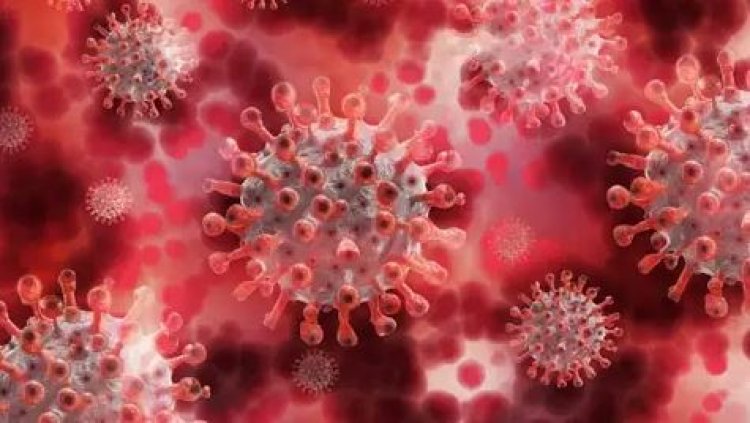New Delhi: Long-term effects of COVID-19 can persist for at least a year after the acute illness has passed, or appear months later, according to a study conducted in the US.
The research, published recently in Morbidity and Mortality Weekly Report, is the most comprehensive look yet at how symptoms play out over a year. It expands knowledge of post-COVID-19 conditions, describing trends in more detail than previous research and highlighting significant impacts the epidemic has had on health care system.
The study found that for about 16 per cent of the COVID-positive people, symptoms lasted for at least a year, but for others, they appeared for a short time.
The team from the University of California, San Francisco (UCSF), the US Centers for Disease Control and Prevention (CDC) and colleagues, assessed symptoms every three months, enabling them to differentiate between symptoms that improve and those that emerge months after the initial infection.
"It was common for symptoms to resolve then re-emerge months later, said study lead author Juan Carlos Montoy, an associate professor at UCSF.
"A lot of prior research has focused on symptoms at one or two points in time, but we were able to describe symptom trajectory with greater clarity and nuance. It suggests that measurements at a single point in time could underestimate or mischaracterises the true burden of disease, Montoy said.
Long COVID involves a range of symptoms that persist or develop about a month after initial infection. These symptoms are associated with significant morbidity or reduced quality of life.
The study involved 1,741 participants two-thirds of them female who sought COVID testing at eight major health care systems across the US.
Three-quarters tested positive for COVID, but those who tested negative may also have had an infection of some type, since they were experiencing symptoms. These included fatigue, runny nose, headache, sore throat, shortness of breath, chest pain, diarrhea, forgetfulness and difficulty thinking or concentrating.
COVID positive participants were more likely to have symptoms in each of the symptom categories at baseline, but by the end of the year, there was no difference between those who were COVID positive and negative.
"We were surprised to see how similar the patterns were between the COVID positive and COVID negative groups," said Montoy.
"It shows that the burden after COVID may be high, but it might also be high for other non-COVID illnesses. We have a lot to learn about post-illness processes for COVID and other conditions, the researcher added.



